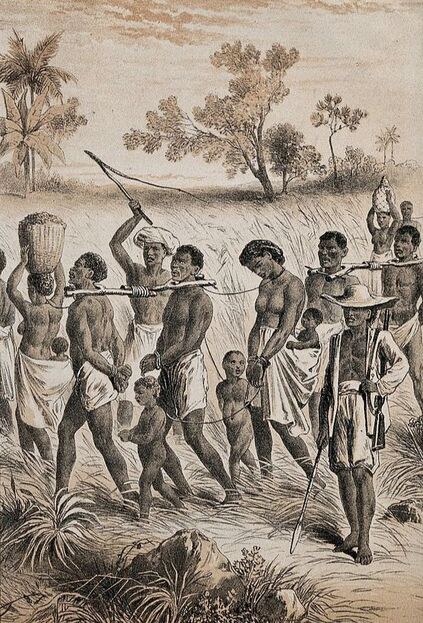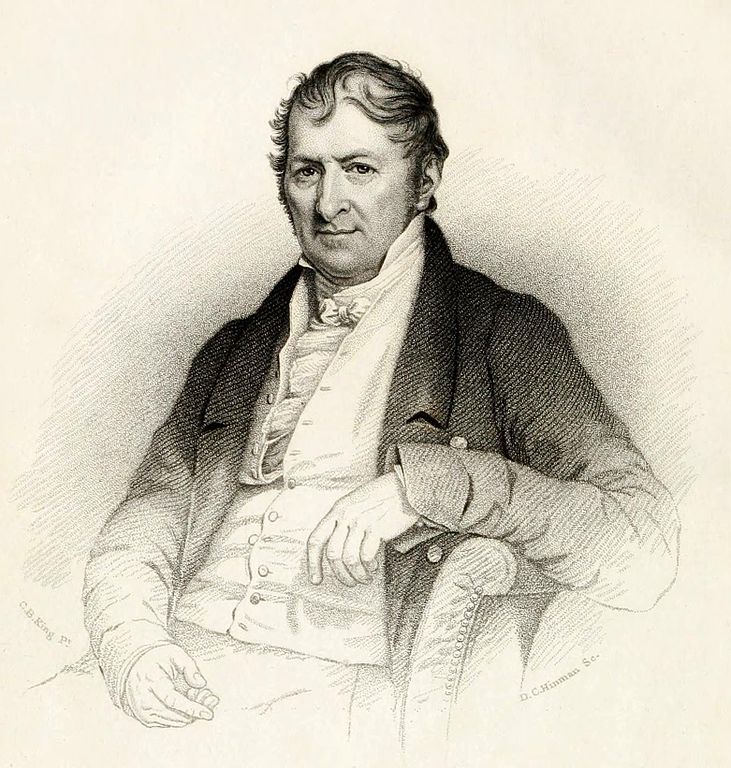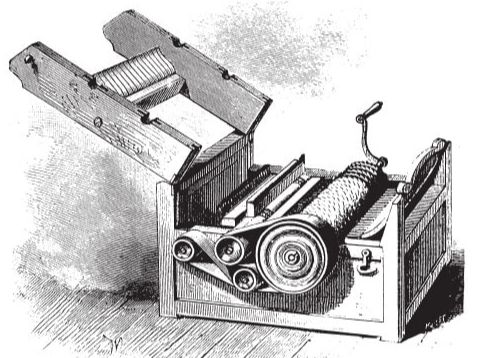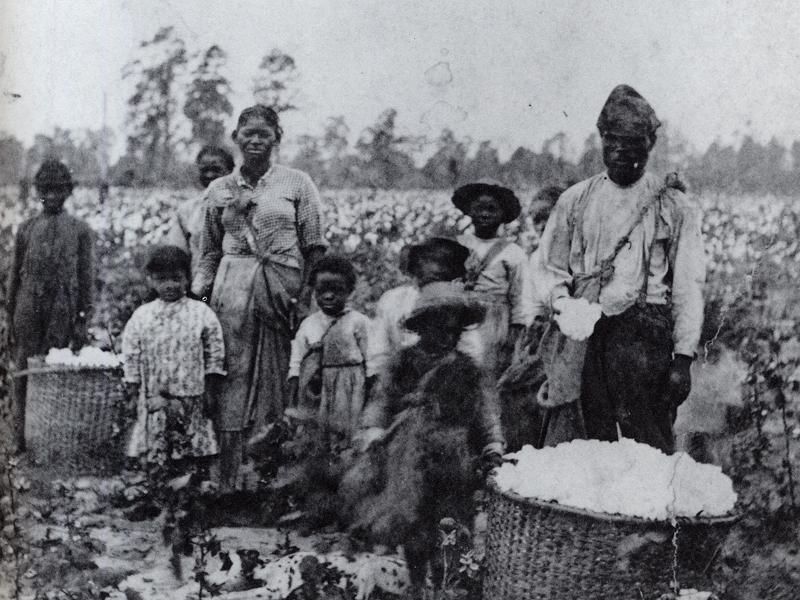ECONOMICS OF SLAVERY IN THE UNITED STATES
The economics of slavery in the United States is an important topic, because it played a role in the long and complex history of slavery in the United States. While, most people think about the era of slavery in the United States during 19th century, it actually began much earlier. As such, slavery had been practised in the region since the time of the British Colonies in America. Most of the slaves in the United States were Africans, which were transported to the New World as part of the Atlantic Slave Trade. Regardless, slavery in the United States lasted until the events of the American Civil War and the eventual passage of the Thirteenth Amendment in 1865. During this timeframe, slavery was an important economic engine of the country and the Southern states in particular.
|
As stated above, slavery in the United States first began with the events of the Atlantic Slave Trade. The Atlantic Slave Trade began in the mid-15th century, and reached its peak in the 18th century. It finally concluded near the end of the 19th century. During the time of the Atlantic Slave Trade, approximately 12 million Africans were put on slave ships, sailed across the Atlantic Ocean and sold into slavery. Of this 12 million, approximately 600,000 were transported to the United States, which means that about 5% of all African slaves from the Atlantic Slave Trade were brought to America. This process first began in the early colonies of America but continued well into the 19th century. In fact, African slavery in the United States became an important feature of early America. The early trade in slaves proved so profitable for slave owners in America that the practise expanded in 18th and 19th centuries.
The first example of African slaves in the British Colonies of America was in 1619 when 19 slaves were brought to the Jamestown settlement in the Colony of Virginia. While this was the first example, it certainly was not the last, as all of the original Thirteen Colonies of America had slavery at some point. With this said, some of the colonies used slaves more extensively than the others.
|
For instance, in the 1770s the Northern colonies slaves made up only about 3% of the total population of the region. Whereas, in the Middle colonies slaves made up about 6% of the total population, and in the Southern colonies slaves made up as much as 31%. Regardless, slavery in Colonial American was a major economic factor at the time. For example, slaves often carried out work that was financially beneficial to the slave and property owners. This was especially true in the South where large agricultural plantations were established that operated mostly with slave labor. More specifically, throughout the 18th century, slaves worked on these plantations by carrying out basic farming duties and assisting in the agricultural operation of the plantation. In fact, slaves were popular in the United States because the early agricultural products that the plantations produced usually required lots of labor-intensive work. As such, paying workers for these jobs hurt the financial profitability of the plantations, which made slavery a much more appealing option.
Slavery in the Southern states remained in operation for a fairly long period of time due to the continuation of the Atlantic Slave Trade from Africa. For instance, some states allowed the importation of slaves well into the early 1800s. As well, several American states began to produce so many slaves from reproduction that they were able to sell slaves to other states. For example, Virginia was supposedly producing so many slaves by the 1830s, that it was able to operate a profitable slave-selling industry. Throughout the period of the 1830s, the demand for slaves grew due to the introduction of the cotton industry in states such as: Alabama, Louisiana and Mississippi. Cotton became an important crop in the Southern states and was heavily reliant on the practise of slavery. In fact, the harvesting of cotton was extremely labor-intensive, and the use of slaves allowed it to be a profitable industry by keeping labor costs low for plantation owners. Furthermore, the invention of the cotton gin in 1793 by Eli Whitney helped advance the cotton industry in the United States. The cotton gin was a machine that could quickly separate cotton fibers from seeds in order to create cotton items such as clothing and linens. Before the invention of the cotton gin, cotton production and processing was a very slow process, requiring lots of hard manual work.
While slavery remained quite popular in the South states, many Northerners began to openly oppose it. For instance, at the end of the 18th century, the American Abolitionist Movement began to grow in popularity in the North. The American Abolitionist Movement was the movement to end slavery in the United States. The Southern states argued in favor of maintaining slavery as a means of controlling the large and growing population of African slaves. Furthermore, slavery was an important aspect of the economics of the Southern states, and the plantation owners wanted to maintain this position.
This was especially true because plantations were common in the Southern states. In general, a plantation was an agricultural estate that was large enough to contain the house of the master or slave owner and the residences of the slaves. On a plantation, the slaves were used to harvest crops and carry out other tasks. Throughout the timeframe of slavery in the United States, the most common crops that were harvested on the plantations were cotton, rice, indigo and tobacco. These crops were especially labor intensive and as such, African slave labor made the most economical sense for many of the plantation owners. As well, these crops were ‘cash crops’. This means that they were focused on producing crops for sale instead of for consumption.
Due to this situation, the Southern states became economically dependant on the practise of slavery. In fact, the potential economic losses that would result from ending slavery was one of the main aspects that pushed the country towards the outbreak of the American Civil War in 1861.
CITE THIS ARTICLEAUTHOR
|
|




